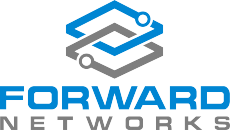0
Christian Slater wants you to check your printer security
In IT circles, actor Christian Slater is known for the very popular USA Network show "Mr. Robot", so fans of that show might like watching him in this short film, sponsored/created by HP. The film, titled "The Wolf", showcases the security vulnerabilities found at companies through the connected office printer.It’s certainly a clever way to get people to think about printer security, especially as more of them become connected not only to the office network, but the Internet. Plus, Slater is really good here.Enjoy! To read this article in full or to leave a comment, please click here

 A virtual CMTS would affect the hardware businesses of some big vendors.
A virtual CMTS would affect the hardware businesses of some big vendors.

 Forward Networks has stepped out of the shadows to announce their Network Assurance platform, and I was fortunate enough to be a delegate for Networking Field Day 13 to see their first public briefing. We were all excited to set foot onto the Andressen Horowitz campus that day, but none of us were quite sure what exactly to expect.
Forward Networks has stepped out of the shadows to announce their Network Assurance platform, and I was fortunate enough to be a delegate for Networking Field Day 13 to see their first public briefing. We were all excited to set foot onto the Andressen Horowitz campus that day, but none of us were quite sure what exactly to expect. Legacy security products are not keeping up.
Legacy security products are not keeping up. The network is your security tool. Sound familiar?
The network is your security tool. Sound familiar?